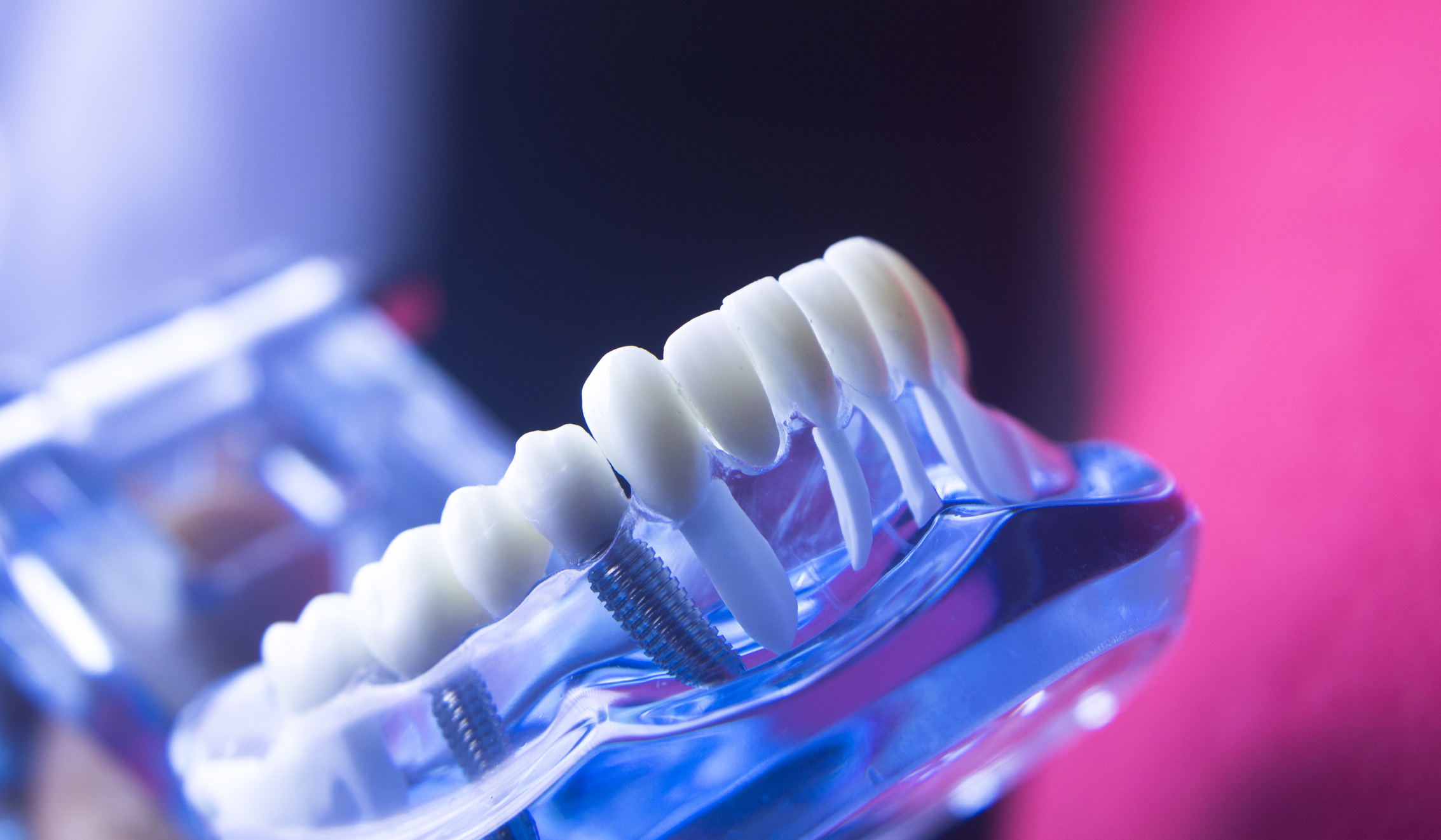Improving Dental Implants With Innovative Nanocoatings
15 Dic 2019

Nanostructured coatings have great potential for improving the success of dental implants. A new study demonstrates the power of nano spray drying technology to produce tailor-made coatings with potent anti-bacterial activity.
The use of dental implants is a well-established procedure, with a 90 to 95 per cent success rate. However, several complications can occur leading to implant failure, particularly peri-implantitis. This happens when bacteria accumulate on the implant surface inducing local inflammation. This can then lead to bone degradation and removal of the infected implant.Although systemic antibiotics are often given to reduce the risk of peri-implantitis, high doses can increase the risk of unwanted side effects. The improper use of these drugs is fuelling the rise of drug-resistant bacteria, and so, scientists are searching for alternative ways to prevent such complications.
Improved Coatings and Surfaces
Developing new implant coatings with antibacterial properties may offer advantages over using prophylactic systemic antibiotics, especially in terms of their activity against local biofilm formation. And nanostructured surfaces with enhanced features may help to reduced bacterial adhesion. Nano spray drying technology has promising potential for the preparation of nanoscale coatings for dental implants. Offering several advantages over conventional spray drying, in terms of its ability to produce nanoparticles by generating far smaller droplets with a narrower size distribution, smaller sample quantities and higher powder yields. It also has the benefit of achieving nanoparticle production and implant coating in a single step.
Using Nano Spray Technology to Create Antibacterial Coatings
In a new study, published in the European Journal of Pharmaceutics and Biopharmaceutics, scientists investigate the capability of nano spray drying technology to produce biocompatible nanocoatings for dental implants with antibacterial activity.1 The researchers used nano spray technology to create nanocoatings consisting of poly(lactic-co-glycolic acid) (PLGA), which is already approved for a variety of medical applications – and the broad spectrum antibiotic, norfloxacin. The experiments were applied on titanium discs, which were used as a model material for dental implants.
The team then subjected their prepared nanocoatings to several physicochemical characteristics. Scanning electron microscopy revealed an average particle size between 400 and 600 nm. In vitro experiments showed an initial burst of drug release followed by a sustained phase. Further tests demonstrated that the norfloxacin-loaded nanocoatings had powerful antibacterial properties and good biocompatibility.The scientists used solvents of analytical or HPLC grade and ultrapure water from a PURELAB® Flex 4 laboratory water purification system equipped with a point-of-use biofilter for all experiments.
A Viable Alternative to Systemic Antibiotics
The results of this study prove the feasibility of preparing biocompatible nanocoatings with potent antibacterial activity using nano spray drying. Using this innovative approach will help with the development of nanostructured dental implants, hopefully reducing the need for systemic antibiotics while achieving optimal implant-tissue interaction.
Why Choose ELGA LabWater?
ELGA has been a trusted name in pure and ultrapure water since 1937. Dedication to ultrapure and pure water is a guarantee that will continue to provide the best solutions with the best service.
Reference:
- Baghdan, E. et al. Nano spray dried antibacterial coatings for dental implants. Eur J Pharm Biopharm 2019; 139:59-67.
Dr Alison Halliday
After completing an undergraduate degree in Biochemistry & Genetics at Sheffield University, Alison was awarded a PhD in Human Molecular Genetics at the University of Newcastle. She carried out five years as a Senior Postdoctoral Research Fellow at UCL, investigating the genes involved in childhood obesity syndrome. Moving into science communications, she spent ten years at Cancer Research UK engaging the public about the charity’s work. She now specialises in writing about research across the life sciences, medicine and health.
